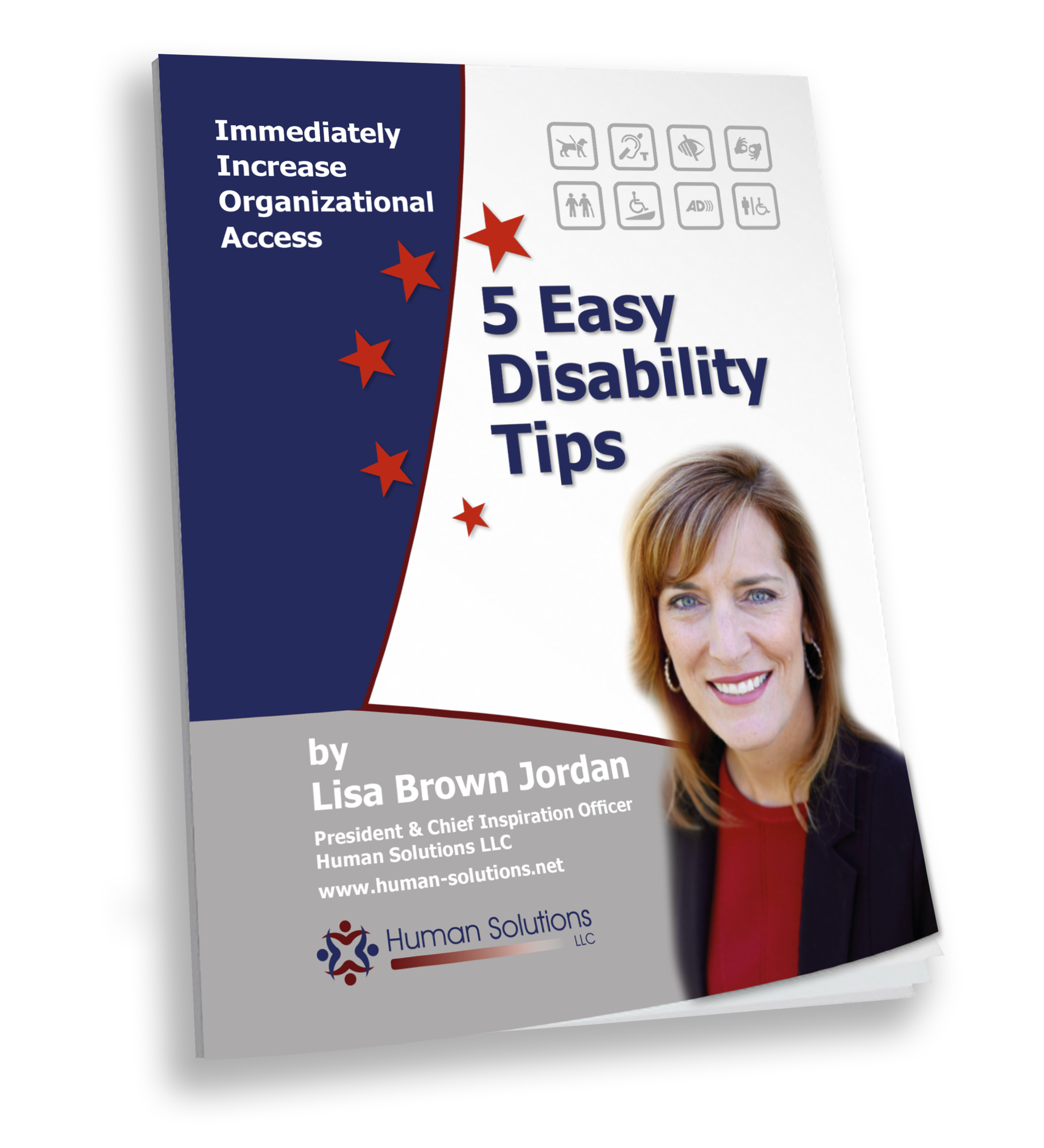Preparing for your workforce development orientations takes a lot of forethought, planning and follow-through. Your goal is to conduct a meeting that provides your customers with the information they need to begin this journey, and to gather the information you need to go on this journey with them. You want to be clear, concise and sensitive to your customers’ situations.
The seven key strategies we discuss in this article (Part One and Part Two) help you design an orientation meeting that meets the needs of all parties. Let’s continue the discussion now with the remainder of our 7 key strategies.
To review strategies #1 through #4, please refer to our previous article dated May 10, 2018.
- Explain why assessment is important. Most workforce development agencies require some type of assessment to determine a customer’s math, reading and/or writing skills. This is done to ensure a customer is adequately prepared for certain jobs and to address basic skill deficiencies, if needed. For your customers, assessments of any type can be anxiety provoking. If you are administering any type of assessment, it’s important that you explain what it is, why you’re doing it, and what the results will be used for. And, it’s probably best to call it an assessment or evaluation instead of a test! Emphasize that assessment results can help you determine appropriate opportunities and that documentation is necessary (this may vary by program) to gain access to programs and funding. Emphasize that the assessment results will only be shared with staff and partners on a need to know basis only and that results will be kept confidential.
- Discuss Testing Accommodations. Reassure customers that testing accommodations will be provided, if requested. For example, a quiet space or additional time may be provided if there is not a time limit. This will help ensure that the results are an accurate measure of the customer’s abilities.
- Acceptance of Previous Assessment Scores. If your customer has participated in a similar program or is referred to you, be sure to check if they already have any relevant assessment results. This will eliminate the possibility of your customer going through any necessary re-testing.
Use these strategies as you prepare for your next orientation, and you’ll see how having a productive, successful meeting can go a long way in creating the kind of relationship you want with your customers right from the outset.

Leave a Reply